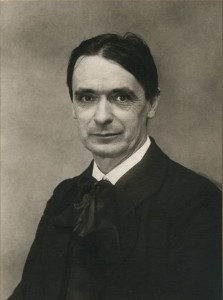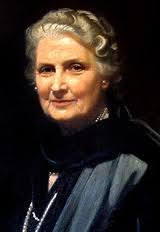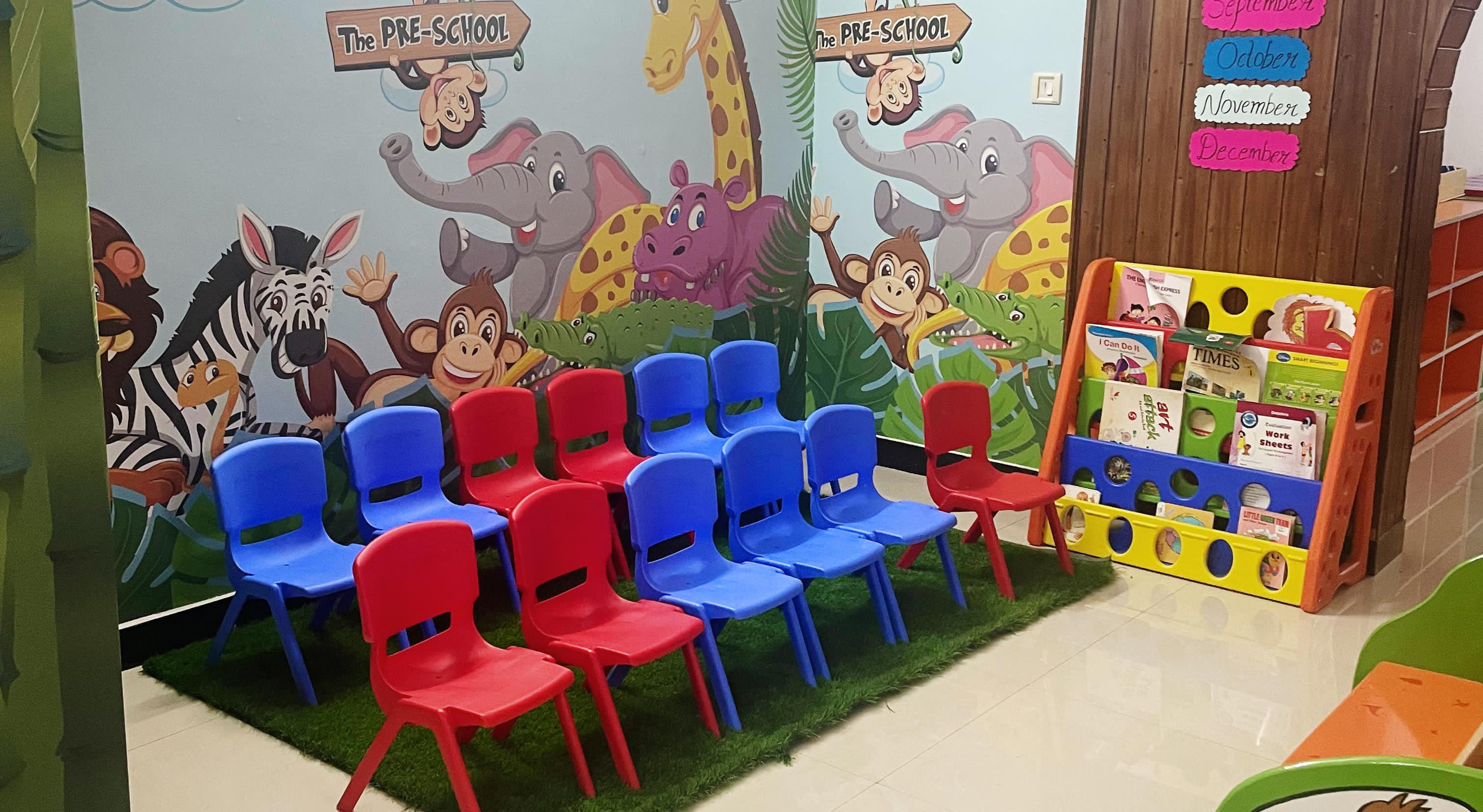International Curriculum
1. Reggio Emilia Philosophy: Child-Led Learning

The Reggio Emilia philosophy, founded by Loris Malaguzzi in the aftermath of World War II in Reggio Emilia, Italy, is a globally acclaimed approach to early childhood education. It views children as capable, curious, and creative individuals who actively construct knowledge through exploration and interaction. The philosophy emphasizes the environment as the “third teacher,” designing classrooms to inspire curiosity and discovery with open-ended materials, natural light, and flexible spaces. A cornerstone of this approach is the belief in the “hundred languages of children,” where children express themselves through art, music, dance, storytelling, and other forms of creativity, all of which are equally valued. Teachers act as co-learners and researchers, guiding inquiry-based and project-based learning while fostering collaboration among children, educators, and families. The use of documentation—through photos, notes, and portfolios—makes learning visible and encourages reflection. Unique to this philosophy is its adaptability, project-based focus, and commitment to community involvement, making learning a joyful, meaningful, and transformative experience that nurtures creativity, critical thinking, and relationships.
2. Waldorf Steiner Pedagogy: Whole-Child Development

The Waldorf Steiner Pedagogy, founded by Rudolf Steiner in 1919, is an educational philosophy rooted in the idea of nurturing the whole child—intellectually, emotionally, and physically. It focuses on creating a harmonious balance between academic pursuits, artistic expression, and practical life skills, emphasizing creativity, imagination, and connection to the natural world. Central to Waldorf education is a rhythmic approach to daily activities, which provides children with a predictable and secure environment while integrating diverse experiences such as storytelling, painting, music, and movement. The curriculum is developmentally appropriate and unfolds in stages, aligning with the evolving needs of the child. Teachers serve as guides, fostering a love of learning through experiential methods and purposeful play, rather than standardized tests or rigid academic structures. Uniquely, Waldorf education avoids early emphasis on technology, instead encouraging hands-on learning and human connections. This approach aims to develop empathetic, confident, and well-rounded individuals who are equipped with the emotional intelligence and problem-solving skills needed to contribute meaningfully to society.
3. Montessori Method: Independence and Self-Directed Learning

The Montessori Method, developed by Dr. Maria Montessori in the early 20th century, is a child-centered educational approach that emphasizes independence, self-discipline, and hands-on learning. Dr. Montessori, an Italian physician and educator, believed that children learn best in an environment that respects their natural curiosity and allows them to explore at their own pace. At the core of this philosophy is the prepared environment—carefully designed spaces filled with curated, tactile materials that encourage exploration and mastery of concepts. These materials are sequential, self-correcting, and cover a wide range of subjects, including math, language, science, and practical life skills. Children are free to choose their activities, fostering autonomy and intrinsic motivation. The Montessori method places a strong emphasis on developing concentration, fine motor skills, and cognitive abilities through active engagement with the environment. Teachers, or guides, observe and support rather than instruct, allowing children to take ownership of their learning journey. This approach nurtures problem-solving skills, creativity, and a lifelong love of learning, equipping children with the tools they need for academic success and personal growth.
